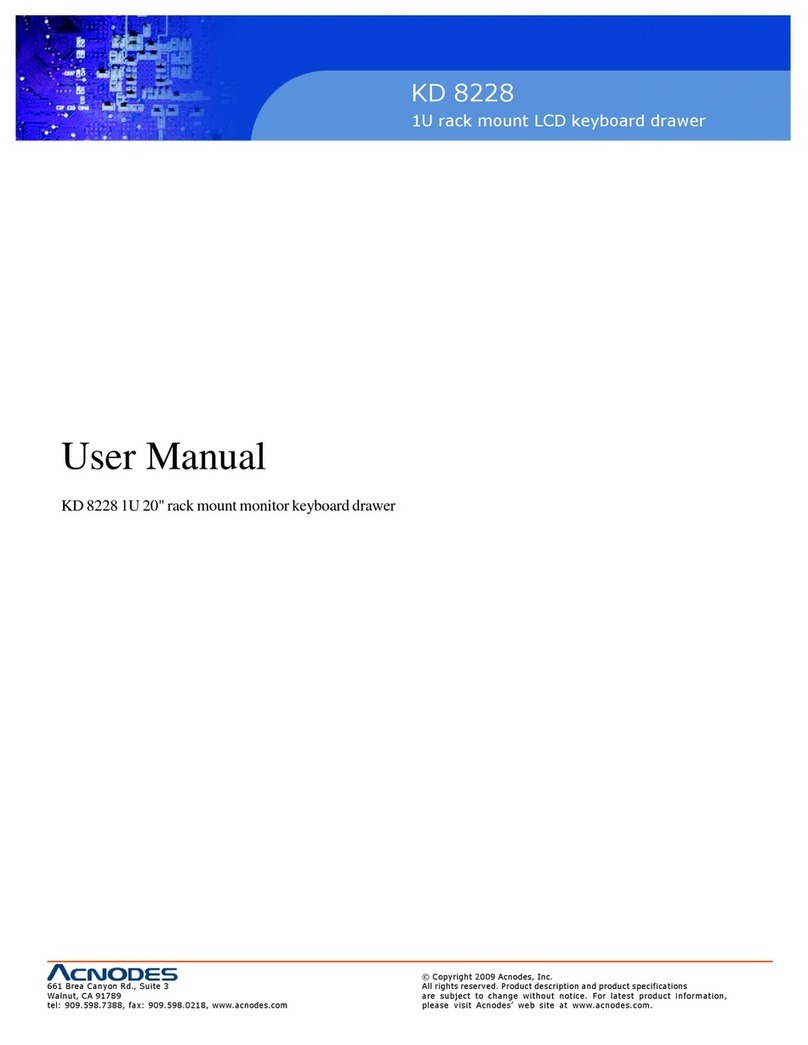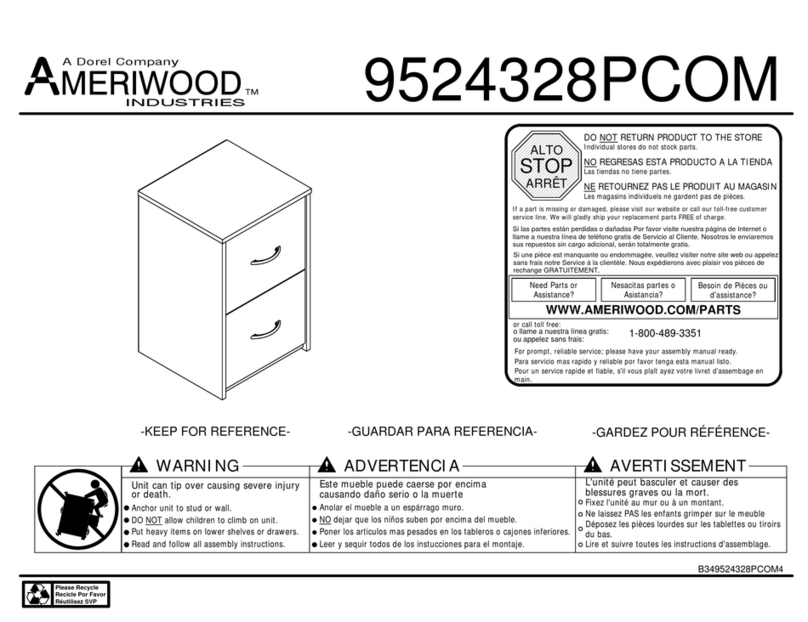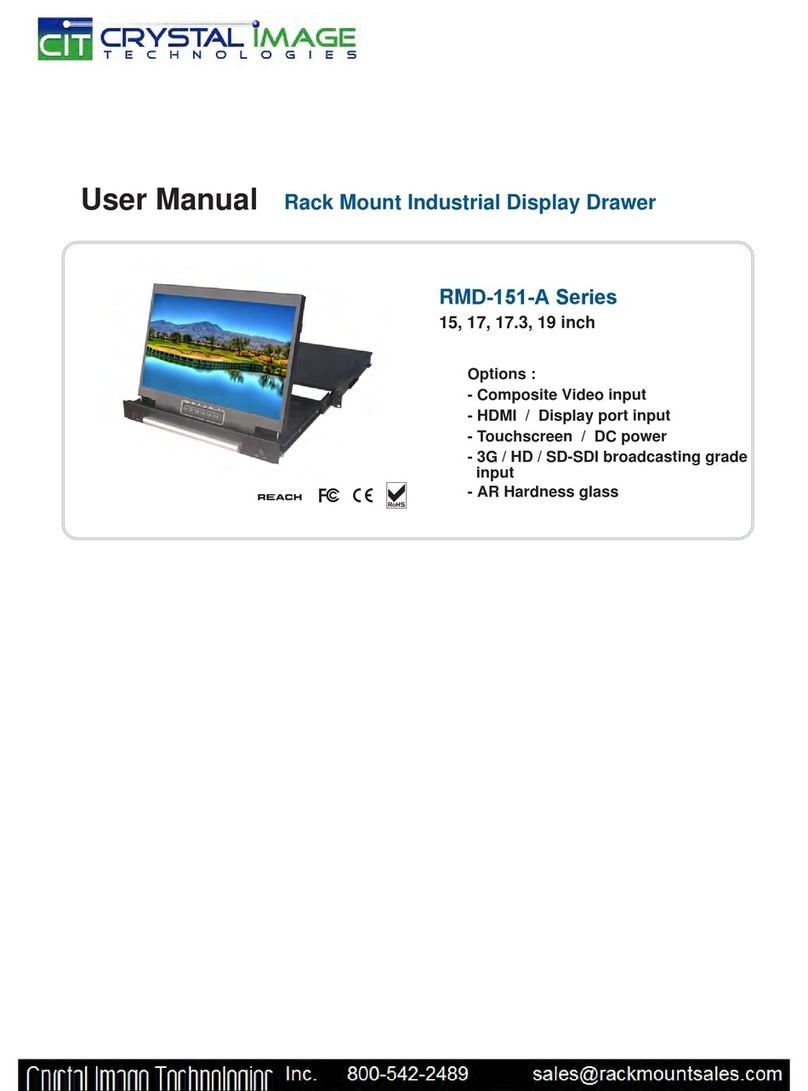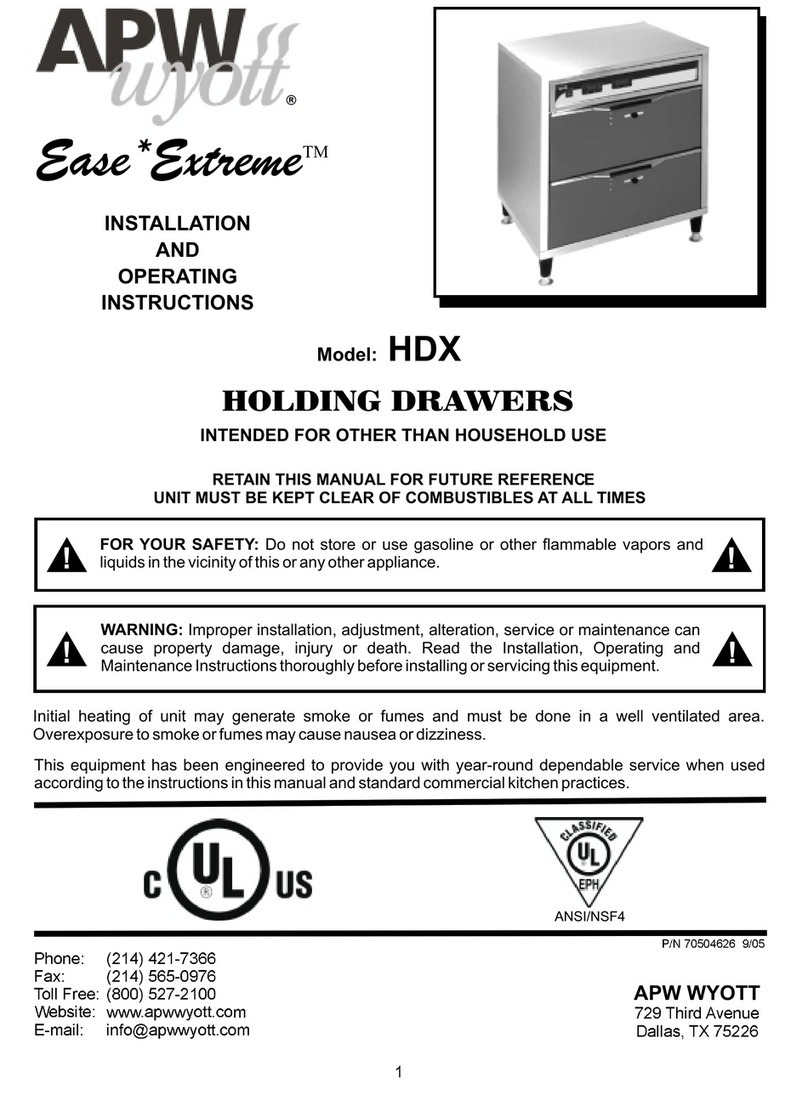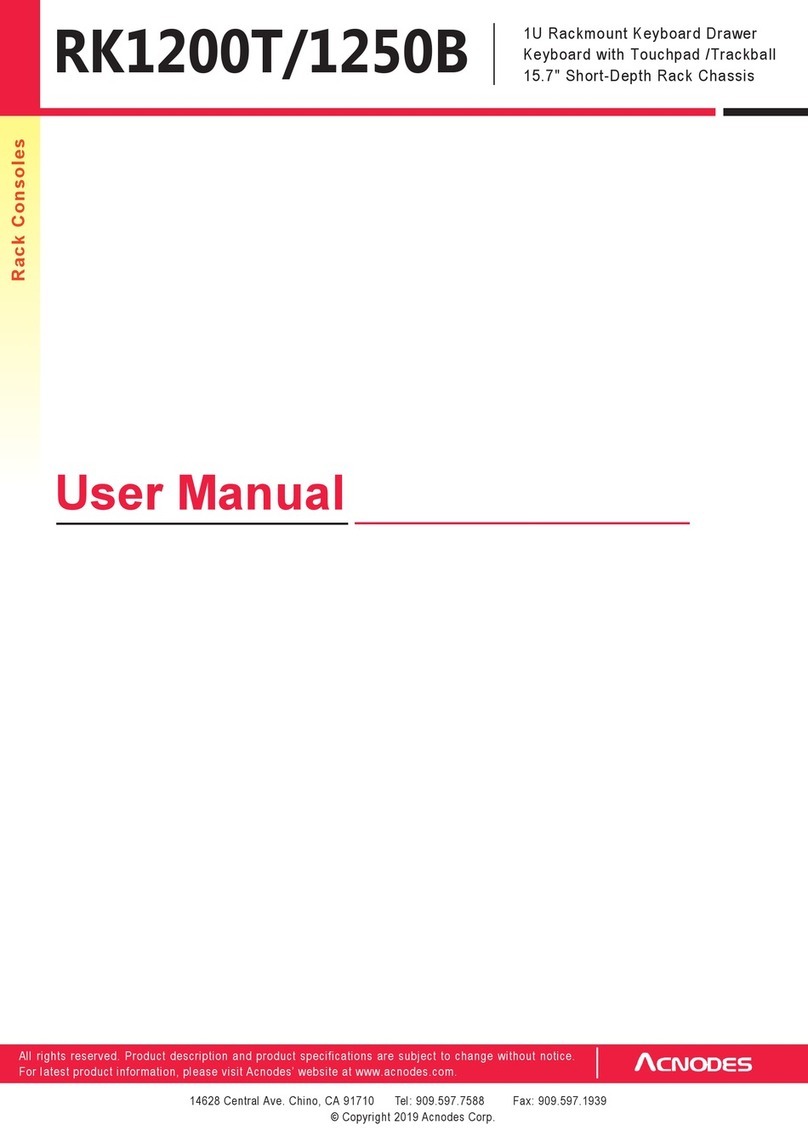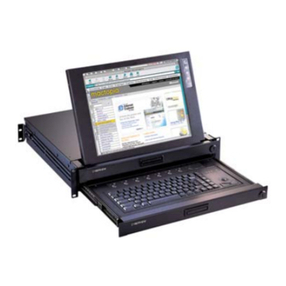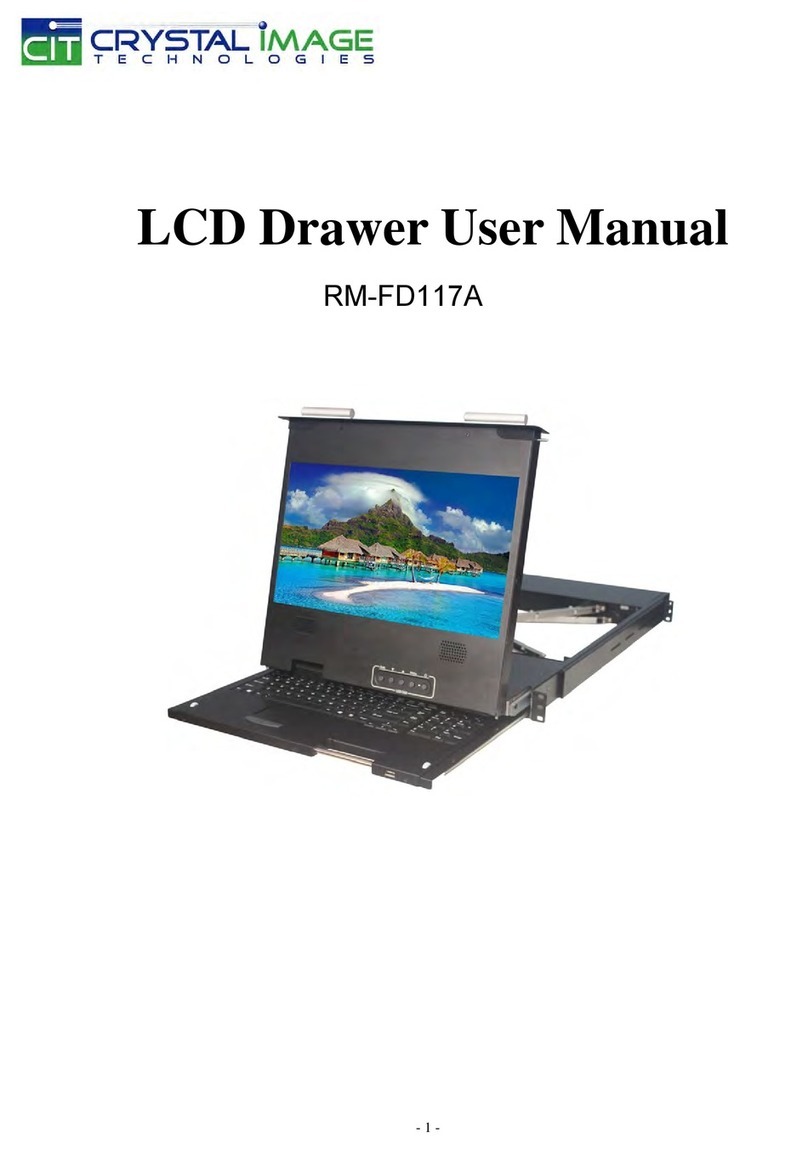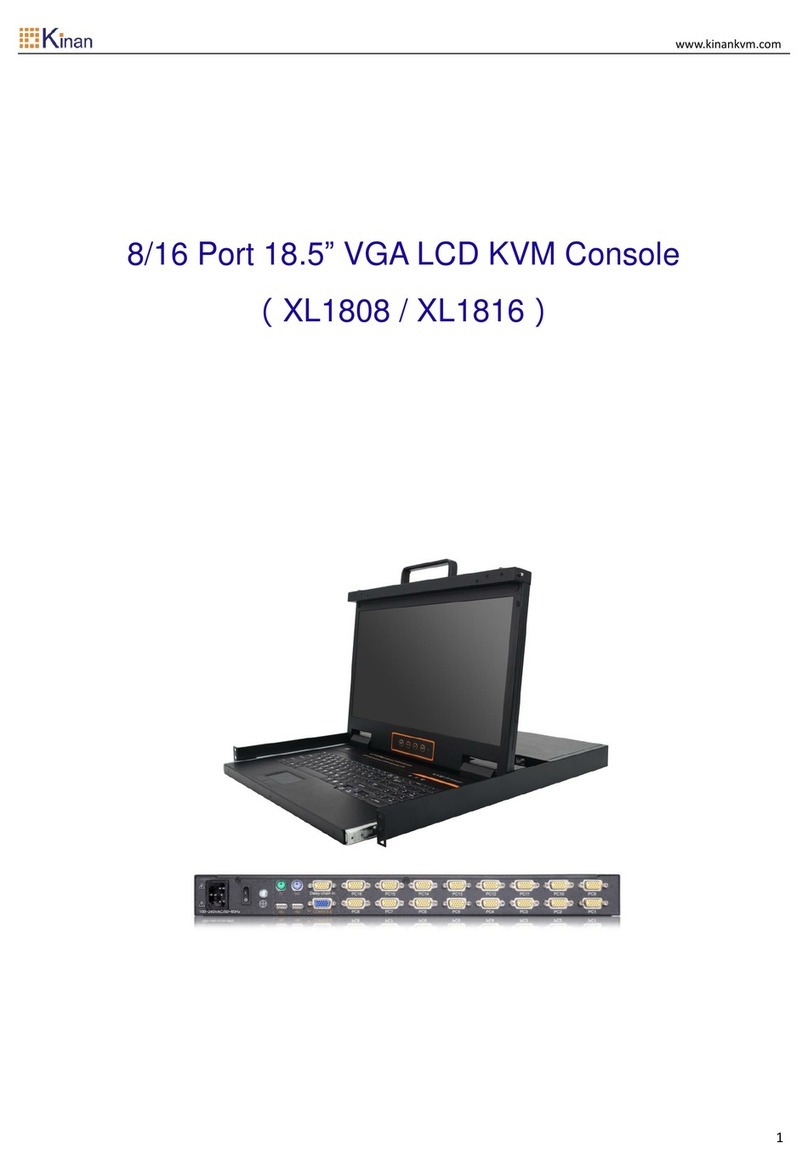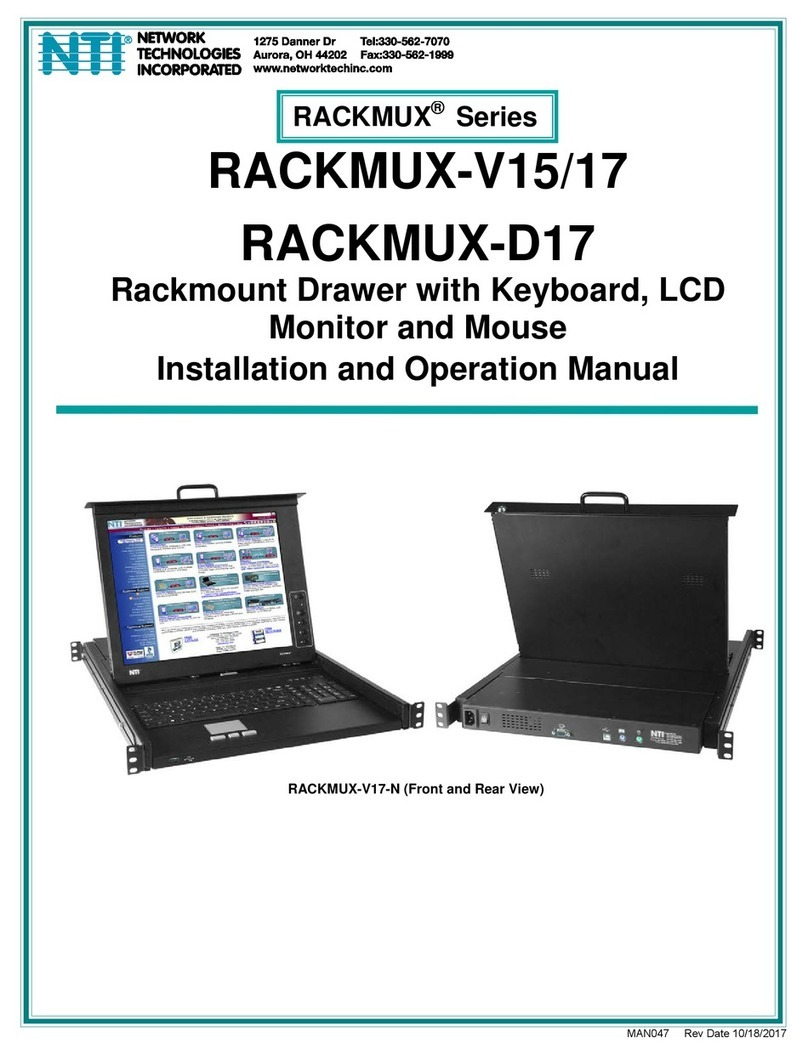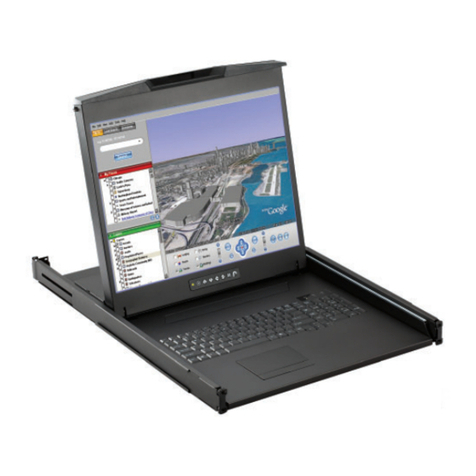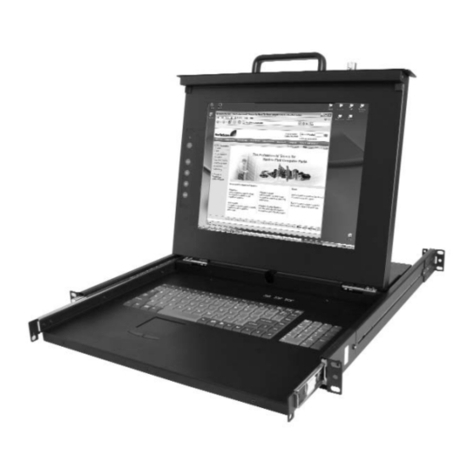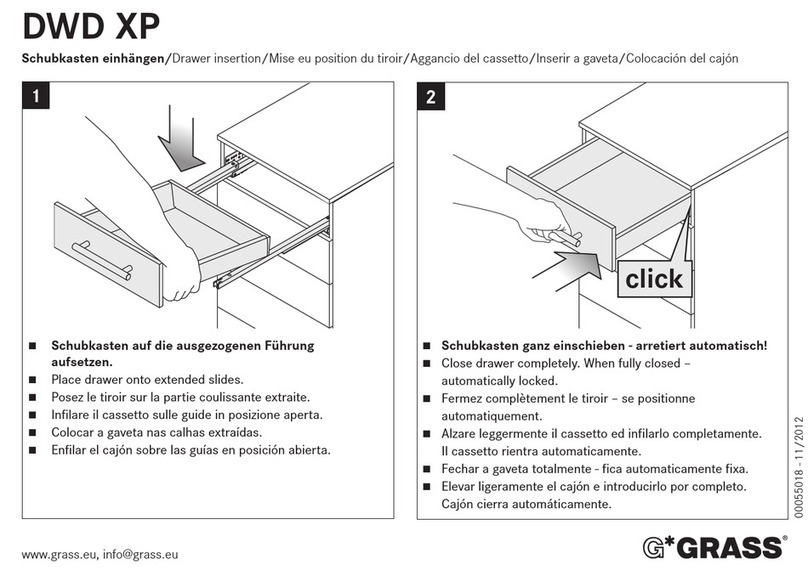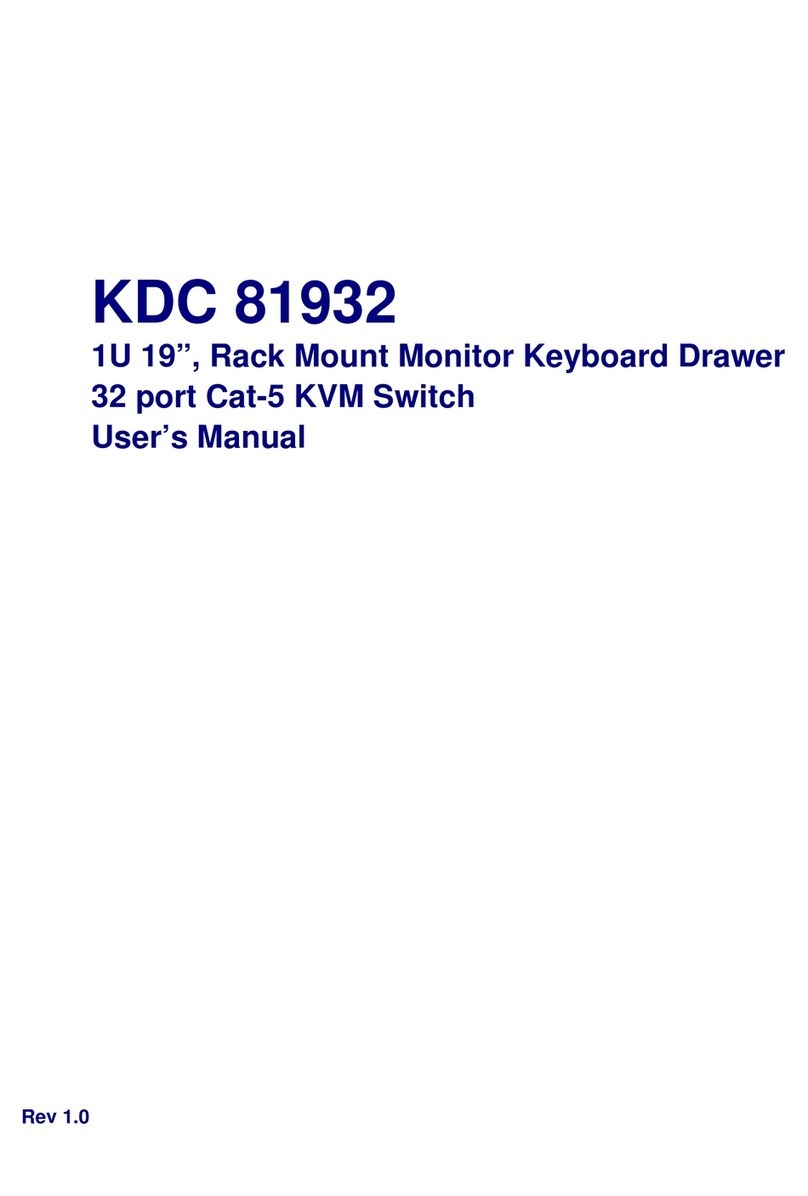
Section BXM‐05V‐20A
030‐101643 Rev. B
R
5
1205IARB
3.2 Following Proper Safety Precautions
The cabinet should be installed only by authorized and trained
personnel. Always exercise caution and follow all safety pre
cautions.
Important Safety Instructions (Please Save)
When using your telephone/telecommunications equipment,
follow basic safety instructions to reduce the risk of fire, elec
tric shock, and injury to person(s), including the following:
A. Read and understand all instructions.
B. Follow all warnings and instructions marked on product.
C. Do not place this product on an unstable cart, stand or table:
the product may fall, causing serious damage to product.
D. Slots and openings in the cabinet are provided for ventilation.
To protect it from overheating, these openings must not be
blocked or covered. This product should never be placed near
or over a radiator or heat register. This product should not be
placed in a built‐in installation unless proper ventilation is pro
vided.
E. This product should be operated only from the type of power
source indicated on the marking label.
F. Never push objects of any kind into this product through cabi
net slots as they may touch dangerous voltage points or short
out parts that could result in the risk of fire or electrical shock.
Never spill liquids of any kind on the product.
‐ PRECAUTIONARY STATEMENT ‐
Never install telephone wiring during a lightning storm.
Never install telephone jacks in wet locations unless the jack
is specifically designed for wet locations.
Never touch uninsulated telephone wires or terminals unless
the telephone line has been disconnected at the network
interface.
Use caution when installing or modifying telephone lines.
3.3 Selecting and Preparing the Mounting Type
and Site (Pre‐Mounting Considerations)
Mount the cabinet in a location with an adequate earth ground
and power access, with unobstructed cabinet access, and which
insures the best lighting, ventilation, heat dissipation, and
equipment access. Verify sufficient space exists to allow the
opening of the left‐hinged large door, to access and mount the
cabinet, to mount and access the optional battery box if it will
be mounted below it, and to adequately access, prepare, and
dress all cables. Adequate horizontal and vertical space should
be be left between any multiple installations to allow for cabi
net opening, equipment access, and cable routings and
preparations. Follow company practice for the proper distance
from the cable entry point or from upstream or downstream
equipment.
3.4 Gathering all Tools and Equipment
The following tools and supplies (not provided) are required to
mount the Boxer cabinet.
Door Opening/Locking Tools
V7/16” can wrench or 216 tool
VPadlock (optional)
Knock‐Out Removal Tools
VHammer
VPunch
VPliers
Cabinet Mounting Tools, Equipment, and Hardware
VTape measure
VMarking utensil (to mark mounting hole locations)
VLevel (optional)
VPower or hand drill with assorted bits, plus long bits or drill
bit extensions if pole mounting
VSocket driver and sockets, or wrenches
VWall‐ or pole‐mounting hardware, such as 3/8” diameter
wood‐type lag screws or bolts
VH‐frame mounting hardware (for H‐frame mounting)
VOptional pole‐mount kit (for pole mounting)
VOutdoor site preparation tools
VSafety gloves and glasses (optional)
VPower hoist or lifting equipment and cables (optional)
VAssorted screwdrivers
VAppropriate ground wire and equipment
Cable Preparation Tools and Equipment
VCable opening and preparation tools
VProper lengths and types of communications cables
VProper lengths and types of power cables and fittings
VCable management supplies (ties, clips, markers, etc.)
VPower installation and testing equipment
VESD protection
‐ KNOCK‐OUT REMOVAL NOTE ‐
Always remove knock‐outs where holes are desired before
mounting the battery box or cabinet, regardless of the type of
knock‐out and regardless of the order of the mounting steps.
3.5 Removing the Knock‐outs
Knock‐outs should be removed wherever holes for cable access
are needed prior to mounting the cabinet. See Figure 15 or
Table 1 for knock‐out sizes, quantities, and locations, and follow
the steps below to remove the knock‐outs.
1. Open the cabinet door. If knock‐outs will need to be re
moved, using a 216 tool or can wrench, open the large front
door of the Boxer cabinet to access the knock‐outs.
2. Remove knock‐out(s). Prior to mounting the cabinet, per
company practice, remove as many appropriately‐sized
knock‐outs at the bottom of the cabinet as needed for the
specific application (consider ground, power, and com
munication cable access needs, venting, and whether
optionally mounting a battery box with the cabinet).
3. Install rubber grommets or conduit fittings. Install either
a heavy‐duty rubber grommet or the conduit fitting of
choice (liquid‐tight recommended) in each selected
knock‐out hole. If an optional vent is desired, the provided
vent cap can be installed in one of the smaller knock‐outs.
4. Close the cabinet door. Once the knock‐outs are removed,
lock the door using the 216 tool or can wrench, to minimize
possible product damage and personal injury.

